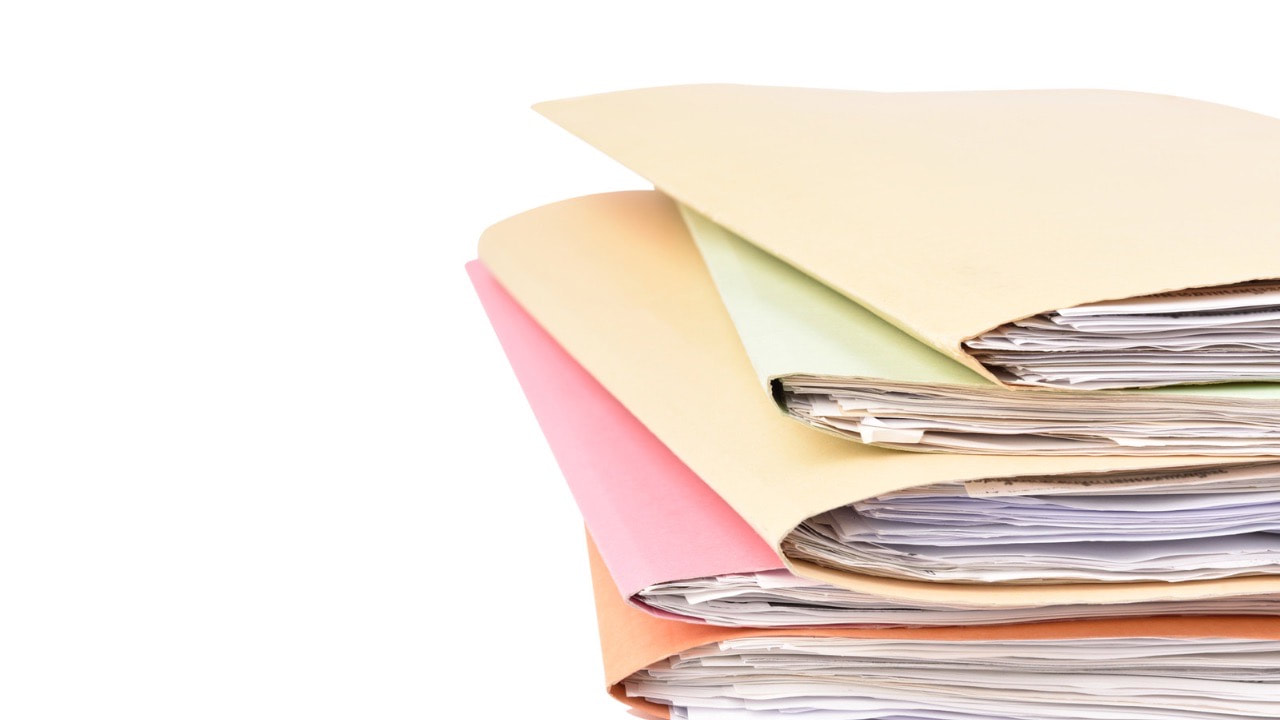|
In Trinidad and Tobago, a pre-action letter, also known as a pre-action protocol letter, is a crucial step in the legal process, particularly in civil cases. It is a letter made pursuant to the Pre-Action Protocols of Trinidad and Tobago’s Civil Proceedings Rules. These letters serve as formal notices to the opposing party before initiating legal proceedings and are designed to encourage dispute resolution, facilitate communication (for the exchange of early and full information about the prospective claim) and potentially prevent costly litigation or if litigation cannot be avoided, to support the efficient management of the court proceedings. This article explores what to do if you receive a pre-action protocol letter.
In Trinidad and Tobago, pre-action protocol letters are typically necessary in civil cases before initiating legal action. This requirement applies to a wide range of disputes, including claims for a specified sum of money, contract breaches, road traffic accident and personal injury claims, defamation, and more. Failing to adhere to these protocols (i.e. the Pre-Action Protocols of Trinidad and Tobago’s Civil Proceedings Rules) can have legal consequences, including legal cost orders.
Pre-action protocol letters usually state:
If you receive a pre-action protocol letter, here are the steps you should generally follow:
1. Read Carefully
Thoroughly review the letter to understand the party's complaint and the remedy they seek. 2. Note the Deadline Dates Carefully take note of any specified deadline dates for your response or compliance. These dates are crucial to ensure you respond promptly. Failing to respond can lead to legal action being initiated by the other party against you. 3. Acknowledge Receipt Send an acknowledgment of receipt to the sender. This demonstrates your willingness to engage in the resolution process.
4. Seek Legal Advice
Consider consulting with an attorney to understand your rights and options. Continue to seek legal advice throughout the process to ensure your rights and interests are protected. 5. Have an Attorney Respond Engage an attorney to craft a response on your behalf, ensuring that it addresses the legal aspects of the matter accurately. If more time is required to respond adequately, the attorney can request an extension in their correspondence. 6. Engage in Negotiation If appropriate, open lines of communication with the other party to explore the possibility of resolving the issue amicably.
7. Gather Information
Collect any relevant documents, evidence, or information that can support your position or help address the complaint. 8. Propose Solutions If you disagree with the claim but are open to negotiation, propose alternative solutions or compromises. 9. Document Everything Keep a record of all correspondence, including emails, letters, and any agreements reached during the negotiation process. 10. Consider Mediation or Alternative Dispute Resolution If negotiations are stalling, explore the possibility of mediation or alternative dispute resolution methods to reach a resolution. 11. Review the Consequences Take the consequences of non-compliance seriously. If you cannot reach an agreement, be prepared for potential legal proceedings. Noting and adhering to the specified deadline dates on the pre-action protocol letter is essential to ensure that you respond within the required timeframe and avoid potential legal consequences. If the claim in a pre-action letter is not resolved between the parties, the claimant may move forward with initiating proceedings in court. Details on what happens if this occurs will be covered in our next article.
Important Notice: This post does not constitute legal advice. Always consult with an attorney on any legal problem or issue.
This website is managed by AURORA Chambers; a law practice in Trinidad and Tobago. Click HERE to receive updates straight to your inbox by subscribing to our newsletter.
0 Comments
Leave a Reply. |
Categories
All
Archives
June 2024
|
LawForAllTT.com |
|







 RSS Feed
RSS Feed